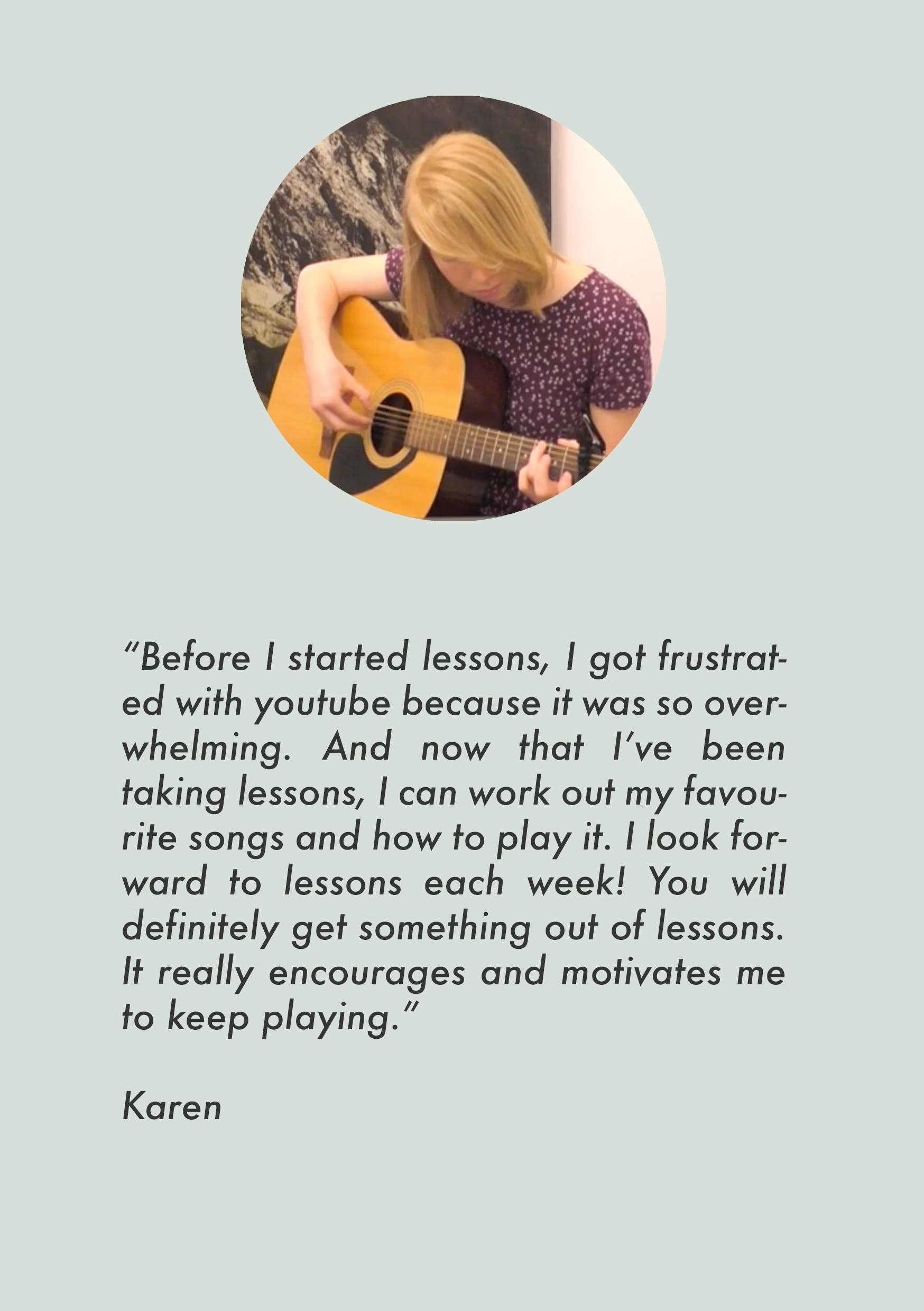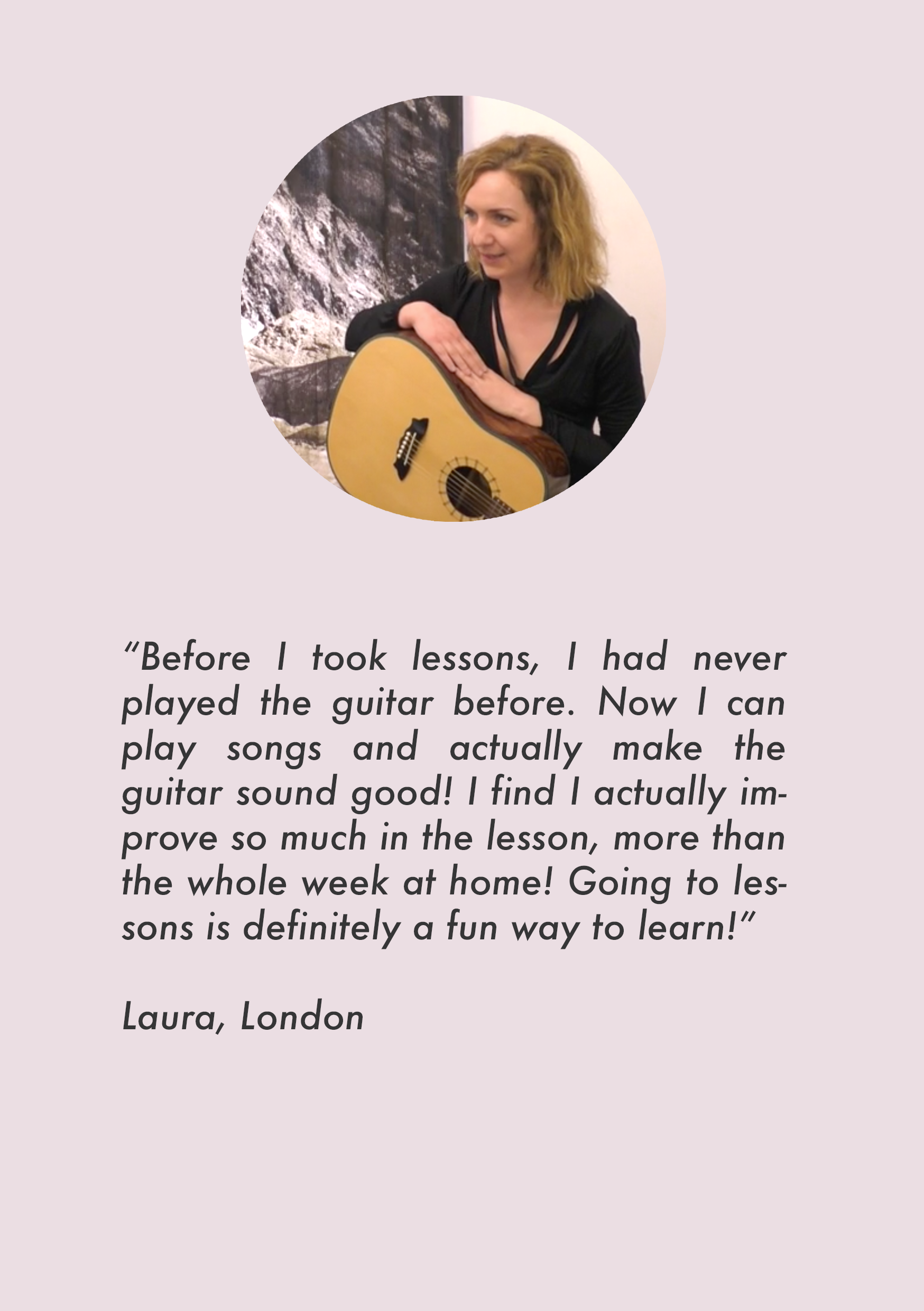Intermediate Guide To Practicing Scales
/How To Practise Scales Effectively for Intermediate Guitar Players
Scale practice is one of the fundamental things for any musician, especially guitar players.
Due to the layout of the guitar strings, and different tuning options, practicing scales becomes easier for guitarists, as compared to other musicians.
But this is one of the reasons why many guitarists fail to reach the level of musical excellence that musicians playing other instruments reach.
In short, practicing scales up and down using scale shapes and fretboard diagrams all the time, makes you a lazy musician and does not bring out the music you want to create using those scales.
Think about it:
Did you pick up the guitar to simply play scale shapes up and down ?
Or did you want to make music with your skills on guitar?
Once you make the right choice out of the 2 questions, your outlook towards learning and practicing scales will start its journey towards the level of mastery you want from it.
So here are 5 simple guidelines, that when you implement, will make you learn scales faster, better, have a deeper understanding of them and more importantly, use them to create the music you want.
1. Start Playing Scales On Single Strings
This is one of the most ignored aspects of scale practice I see with many intermediate guitar players, and probably the one that has the most adverse effect on your improvisations.
Almost all guitarists begin by learning the scale vertically across the fretboard in one position, and many of them don’t bother to find out what notes you are playing or understanding the scale.
It’s not super important to learn all the notes of the scale, although it’s highly beneficial if you can do that, but understanding the interval structure within the scale (distances between the notes) is what opens up new possibilities for you to use the scale creatively.
And one of the easiest ways to do that is by learning to play the scale on one string.
So whether it’s the Pentatonic scales, Major Scales, Natural minor, Harmonic Minor, Melodic Minor, or any other scale, don’t just be satisfied by learning to play it in one position vertically.
Play the scale on single strings during your warm up sessions, or as dedicated practice.
As a bonus step, start improvising with these one string scale shapes. Restricting your creative field is the fastest way to master something on guitar.
2. Learn The Scale Horizontally
You may have already learnt different positions of the same scale all across the fretboard. In case you haven't, then I would recommend you spend some time doing that. It’s not necessary to memorize the patterns before you try this step.
Once you have multiple positions of the scale shape with you, now connect pieces of the scales across different string sets.
Look at the below TAB.
Here I’ve integrated 3 positions of the Minor Pentatonic scale shape to create a longer melodic passage. In this example, I’m using all 6 strings and notes from 3 positions, you can use any number of positions and fewer strings if you like. The important thing is to understand the concept and apply it in your own way.
Also note that I’ve inserted some slides, to help transition easily from one position to another, and this brings me to my next important point to remember.
3. Use Phrasing Elements When Practicing Scales
As a guitar player who’s aspiring to be an advanced player, the fundamental thing for you to focus on is your mastery of phrasing elements.
If you are not familiar with the phrasing devices, these are ways for you to make your phrases more creative.
They include:
Hammer-Ons and Pull-offs,
Slides
Bends
Vibrato
Tremolo Picking
Pick Rakes
Legato
Staccato
and many more. Just like I incorporated slides in the previous example, you can include one or many phrasing elements.
You don’t have to play through entire scale shapes, instead you can pick fragments of scale shapes and practice phrasing while playing scales. Look at the below example where I’ve modified the first 2 measures by adding more phrasing.
4. Vary The Rhythm
Rhythm is one of the key elements that makes your music sound either interesting or plain boring.
One of the biggest mistakes that intermediate players make while practicing scales is to play consistently with the same Rhythm throughout the scale shape or musical piece.
The first 2 examples above also fall in this category, but they were designed to help you understand some other concept.
In the example below, I’ve combined both different kinds of rhythms and phrasing devices to make the normal minor pentatonic scale sound more musical.
You don’t need to go super crazy on this, just vary the rhythm while you practice your scales whether vertically or horizontally.
5. Sequences
This is one of the key elements to building fluency, speed and technique when it comes to playing scales on guitar.
Instead of playing the scales straight up and down, sequence the notes in some order and play the sequences instead. If you spend some time doing this, you’ll not only improve your overall scale knowledge, but also improve your overall technique, speed and fluency on the fretboard.
So these are just a few of many more methods that you can apply to make your scale practice more fun and productive. A good guitar teacher should be able to help you apply these and many other methods for building your scale knowledge, application skills, technique, speed and fluency.
About The Author:
Dhanesh Sarangadharan is the Guitar Teacher at one of the best guitar classes near Koregaon Park, Pune, especially for intermediate guitar players who aspire to reach advanced playing levels faster.




















